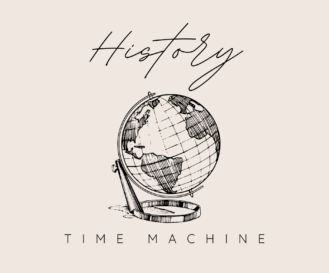The story of the lawn mower, a common sight in many households today, is a fascinating tale that spans over a hundred years. The concept of lawns originated from the grassy clearings around English and French castles, maintained to prevent enemies from approaching unnoticed. These early lawns were kept in check either by grazing animals or labor-intensive manual cutting using tools like scythes, sickles, and shears.

The revolution in lawn maintenance began in 1830 with the invention of the first mechanical lawn mower by engineer Edwin Beard Budding of Gloucestershire, England. Budding drew inspiration from a cloth mill machine that used a bladed reel to trim the uneven nap from woolen and velvet cloth. He adapted this mechanism to create a reel-type mower with multiple blades arranged around a cylinder. Despite its weight and the effort required to operate it, this early model laid the foundation for the modern reel mower.
Over the ensuing years, the push mower underwent several improvements. In 1859, Thomas Green introduced the first chain-driven mower, a lighter and more user-friendly version. The advent of gas-powered mowers in the U.S. came in 1915, courtesy of the Ideal Power Lawn Mower Co. of Lansing, Michigan. Their popularity soared post-World War II, aligning with the growing middle-class trend for well-manicured lawns.
Today, the range of lawn mowers is vast, from the classic push reel mowers to autonomous robotic mowers that can maintain your lawn without human intervention. Despite these technological leaps, the fundamental design of the push mower remains remarkably similar to Budding’s original invention. This enduring design underscores the timeless efficiency and simplicity of the push mower, a tool that has democratized lawn maintenance for homeowners worldwide.
As an Amazon Associate we earn from qualifying purchases through some links in our articles.




